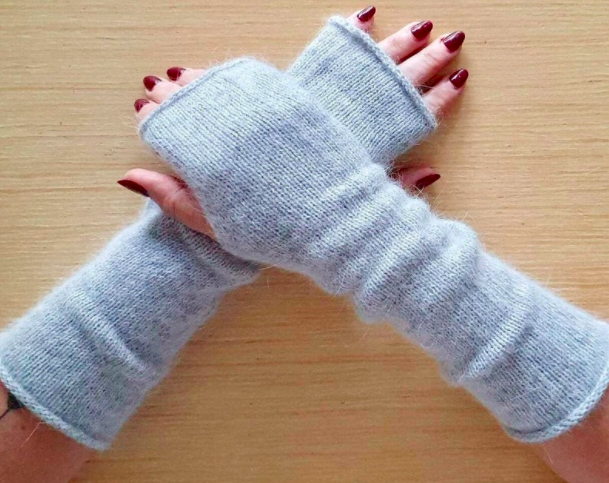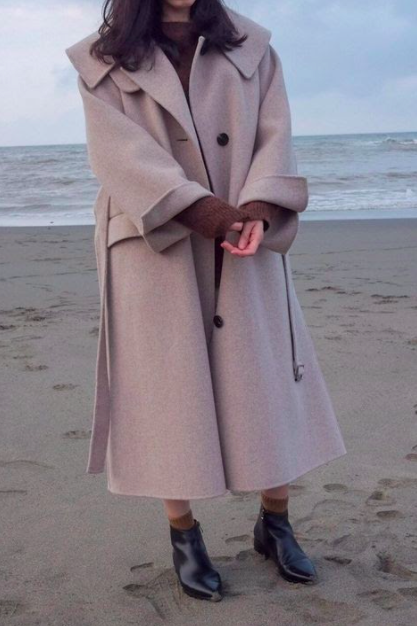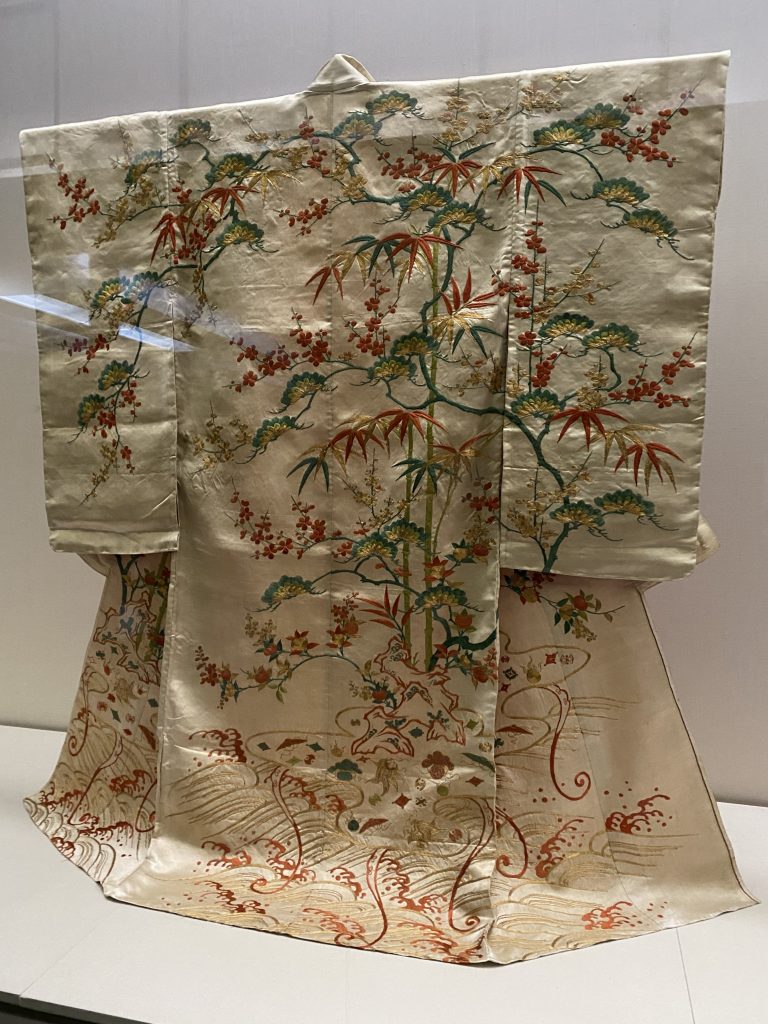This article was quite fascinating to read, as I have always been curious about the history of the kimono. I was particularly interested in learning about the slow and subtle changes in the kimono over time, and how the fashion/dressing system of the kimono has transformed according to political, economic, social, and technological factors. The author’s discussion of misunderstandings and controversies related to the kimono was particularly thought-provoking, and I found this quote insightful: “Some have argued that the kimono takes no account of the size of the human figure, because it is not shaped, like Western dress. This is a misunderstanding, as the fitting takes place during the dressing process rather than during the cutting of the cloth, which means that it can actually be fitted perfectly to the body rather than the wearer choosing a generic size, which might or might not fit his or her body well” (Cliffe).
]]>We chose to look into cashmere knit. Above are some photos of a cashmere sweater I have. Other examples of cashmere garments include sweaters, gloves, coats, and pants/leggings.
- https://www.bloomsburyfashioncentral.com/products/berg-fashion-library/book/classic-and-modern-writings-on-fashion/consuming-kashmir-shawls-and-empires-1500-2000
- “Consuming Kashmir: Shawls and Empires, 1500-2000” by Michelle Maskiell
Cashmere sweaters do not need to go to the dry cleaner to get cleaned, as many people think. You can wash them using warm water on a gentle cycle in the washing machine and use the permanent-press cycle on the dryer. It is made from fine hairs of the underbellies of goats raised in extreme climates.
]]>In this post, I have featured three images of garment-based work that inspires me. I am excited about many different styles and types of garments, however, I think a common theme across work that I am interested in is elegance and good craft. I included the first photo because I am very interested in historical, cultural clothing and fell in love with this kimono design when I visited the Tokyo National Museum. The ornate details, colorful and textural qualities of the fabric, and geometric construction of the garment are all fascinating to me.
The second look inspires me because of how well-fitting and cohesive it is. The dress, cape, jewelry, and headpiece are all quite stunning and effectively convey a sense of sophistication. Lastly, I find the dress on the far right inspiring because of its unique structure and silhouette. The way that the dress flows out at the bottom is really intriguing, and the intricate patterns on the dress add another layer of interest. I would like to explore how different fabrics can create various effects and shapes when creating a garment.
]]>







